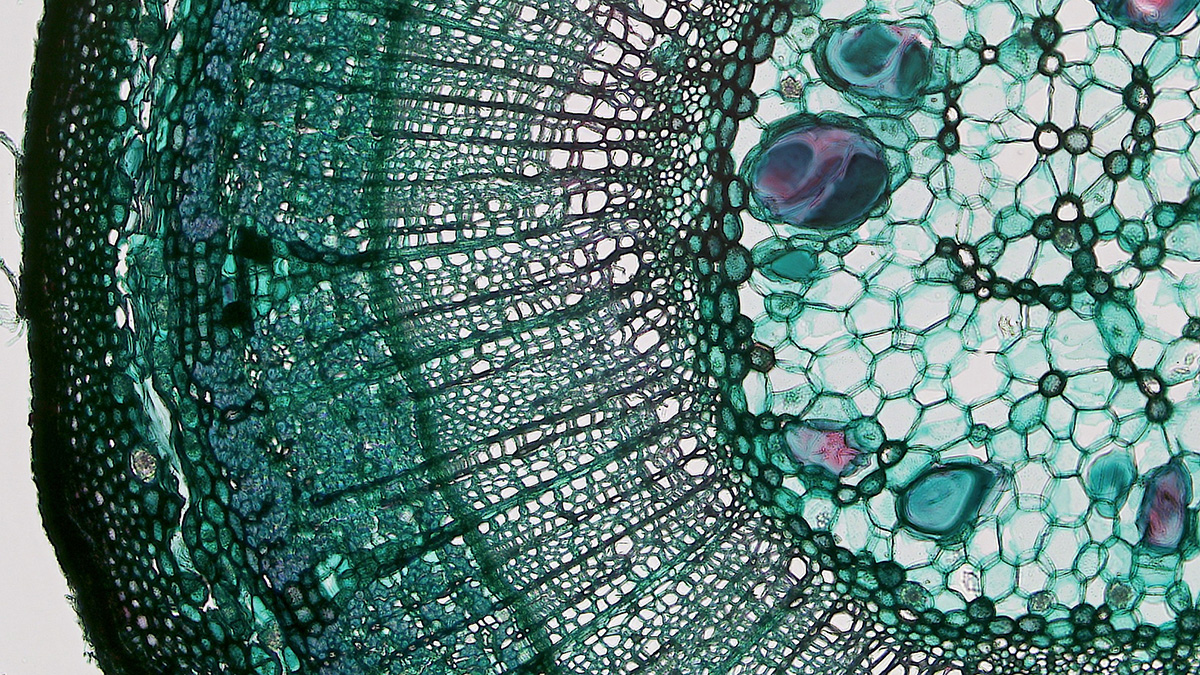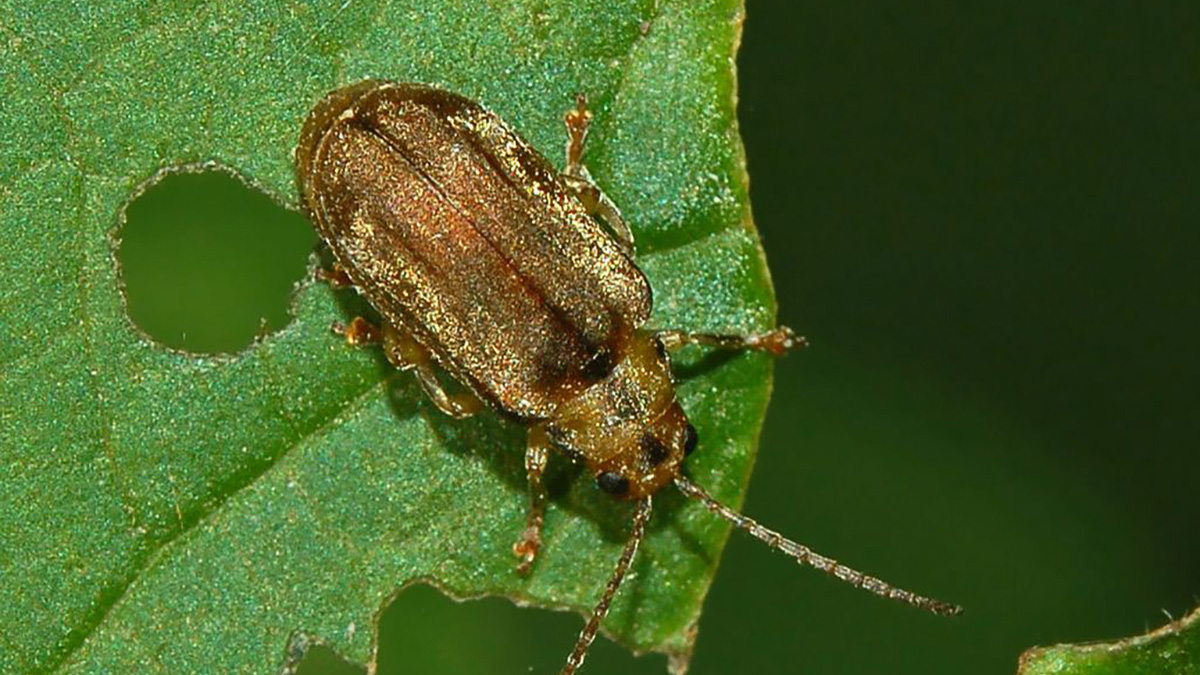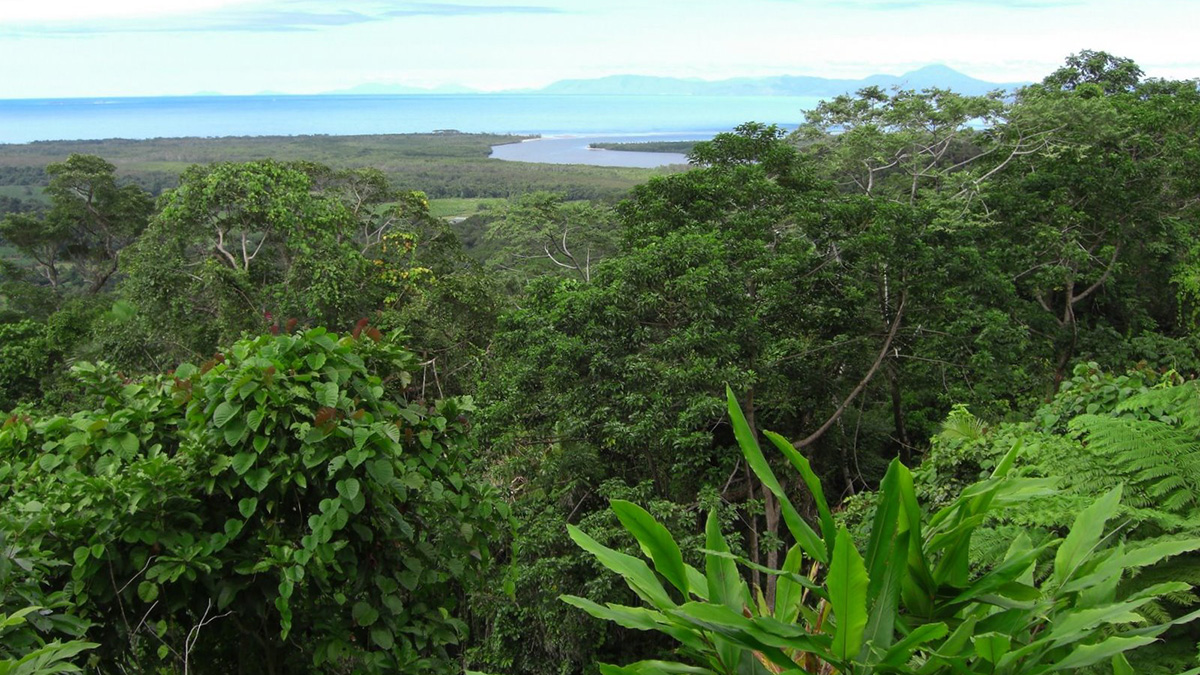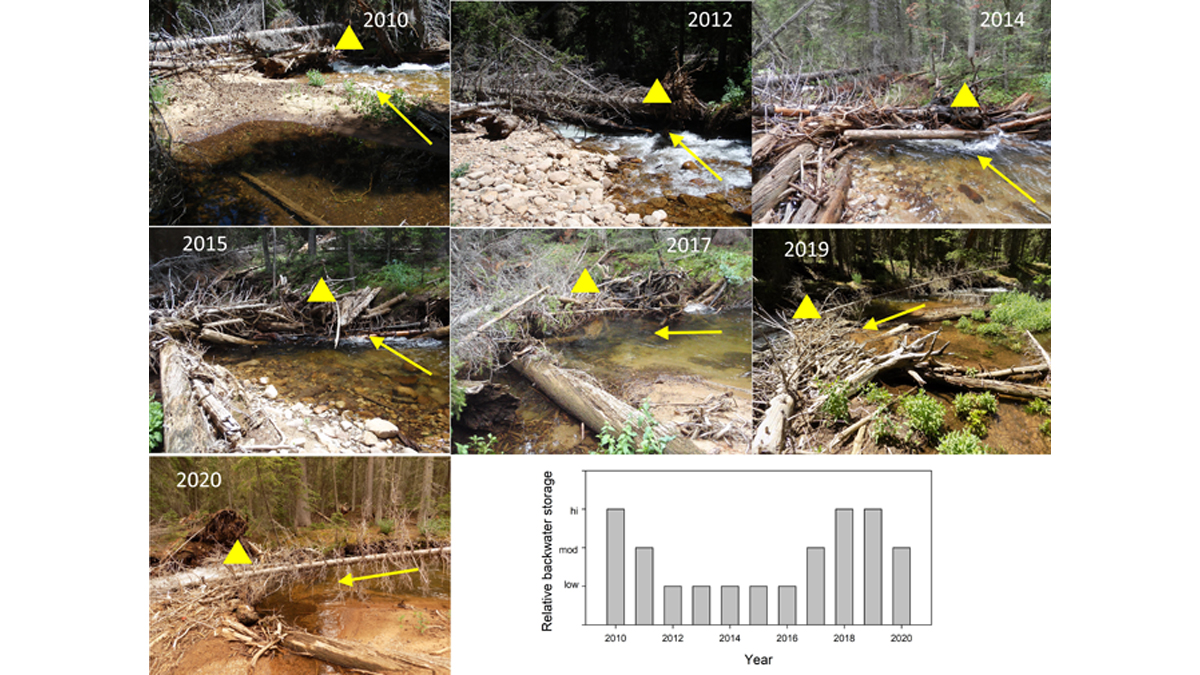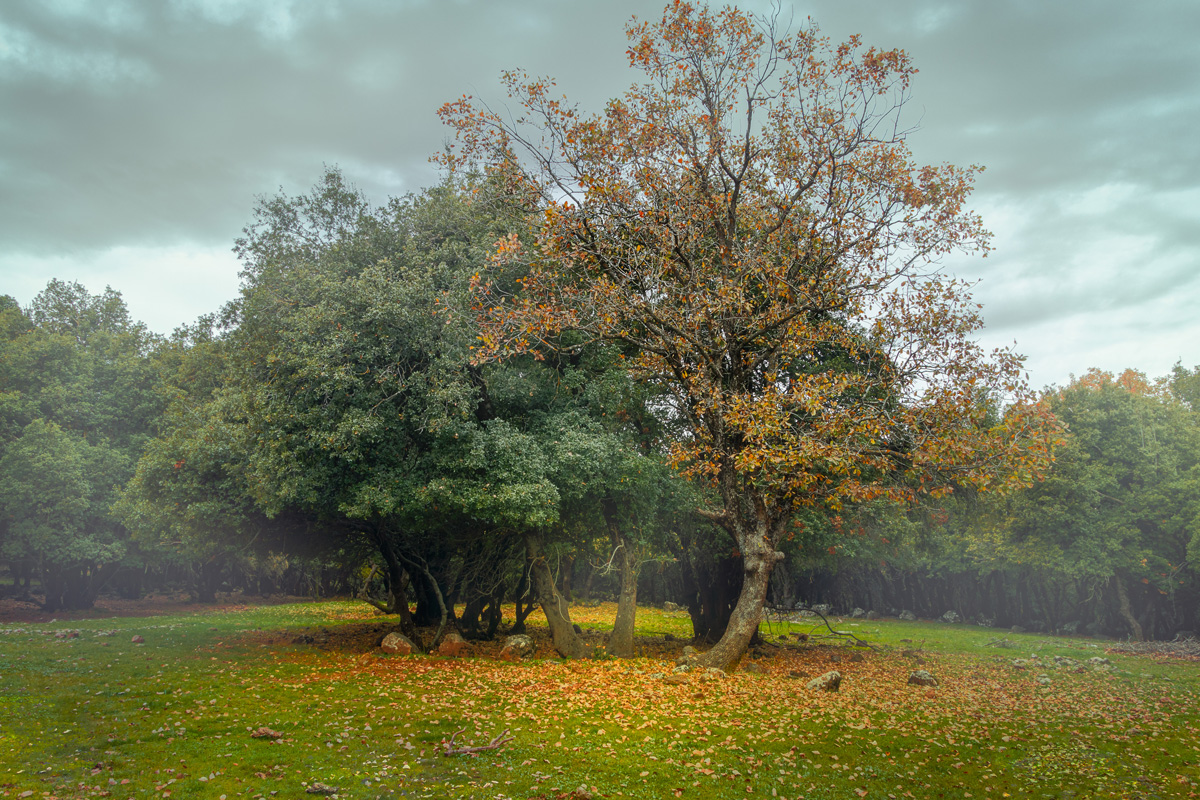Las comunidades de las ciudades necesitan considerar si la absorción del agua o los beneficios del enfriamiento son más importantes al diseñar los espacios verdes urbanos.
trees
Plants Need a Lot of Power to Pump Sap
A novel calculation reveals how much power plants need to move water through their stems—and how plants gain energy from the process.
Melting Sea Ice May Mean the End of Driftwood in Iceland
Driftwood floats thousands of kilometers from Siberia to Iceland, but it may drift no longer by 2060 due to climate change.
Plant-Nibbling Insects May Make It Cloudier and Cooler
Insects that eat plant leaves could change the local atmosphere, but current climate models do not account for this impact.
Tree Mortality Risk Surges in Australian Rain Forests
Researchers link vulnerability to “atmospheric drought” associated with climate change.
Logjams May Be Transient but Their Effect is Long Lasting
Even though natural logjams in rivers continuously change and maybe short-lived, their effects in terms of geomorphic diversity and habitat can be surprisingly long-lasting.
Mediciones pareadas de gases: ¿un nuevo trazador biogeoquímico?
Una técnica que mide la relación entre el dióxido de carbono producido y el oxígeno consumido podría mejorar las predicciones de la respuesta del suelo al cambio climático.
Paired Gas Measurements: A New Biogeochemical Tracer?
A technique that measures the ratio of carbon dioxide produced to oxygen consumed could improve predictions of soil’s response to climate change.
Trees Wearing Accelerometers Help Track Snowstorms
This device allows scientists to measure how much snow is trapped in canopies and predict changes to snowpack—a critical factor in annual water availability.
Tree Carbon Data That Ring True
An international group of researchers may have found a way to better account for carbon storage in forests.


